The male musk deer is a solitary and elusive creature that inhabits the remote forests and mountains of Asia, from Siberia to the Himalayas. Renowned for its long, fang-like canine teeth and small, antlerless form, the musk deer is intriguing not only for its appearance but also for its unique contribution to the world of scents. At the heart of this fascination lies the musk gland, an organ whose secretions have brought the deer both fame and peril.
The Musk Gland Nature’s Perfume
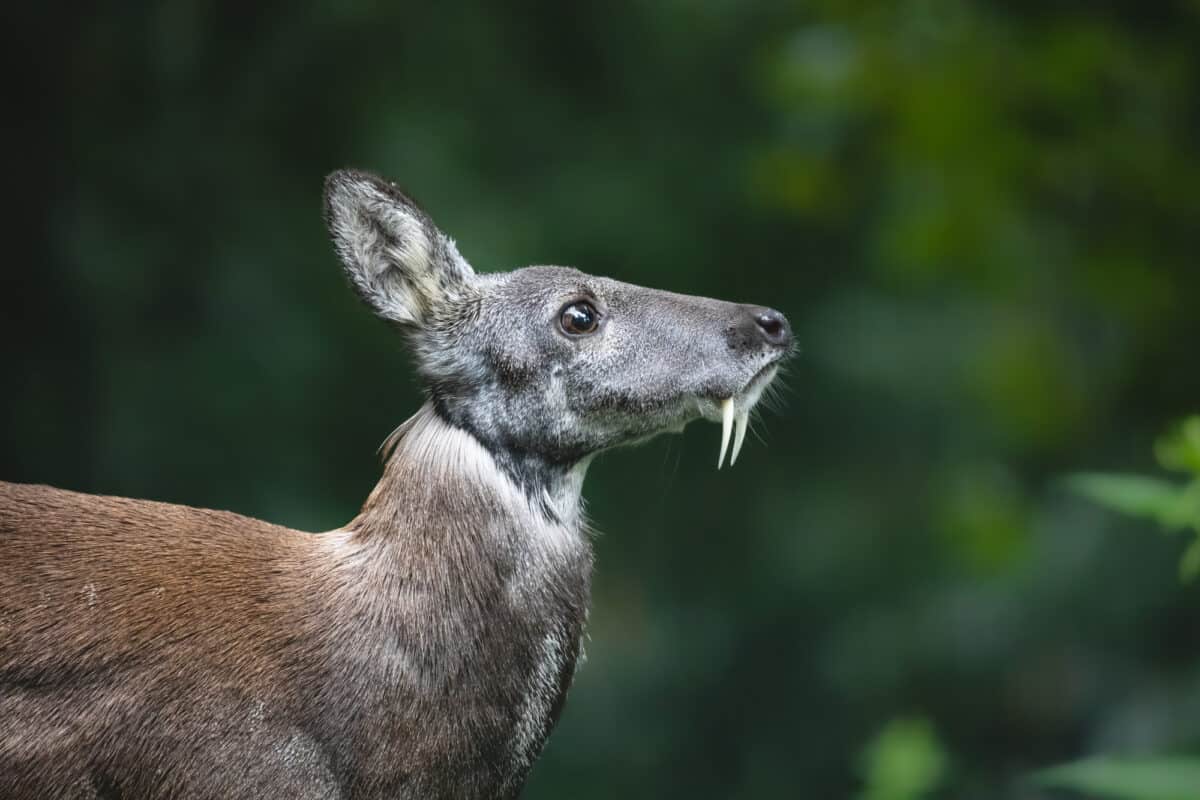
Deep within the abdomen of a male musk deer rests the musk gland, which produces a substance that has transfixed humans for centuries. This aromatic secretion is immensely potent and has been used in perfumery and traditional medicine since ancient times. Due to its rarity and the complex process involved in extracting and preserving its scent, natural musk was historically one of the most expensive animal products in the world.
The Role of Musk in the Wild
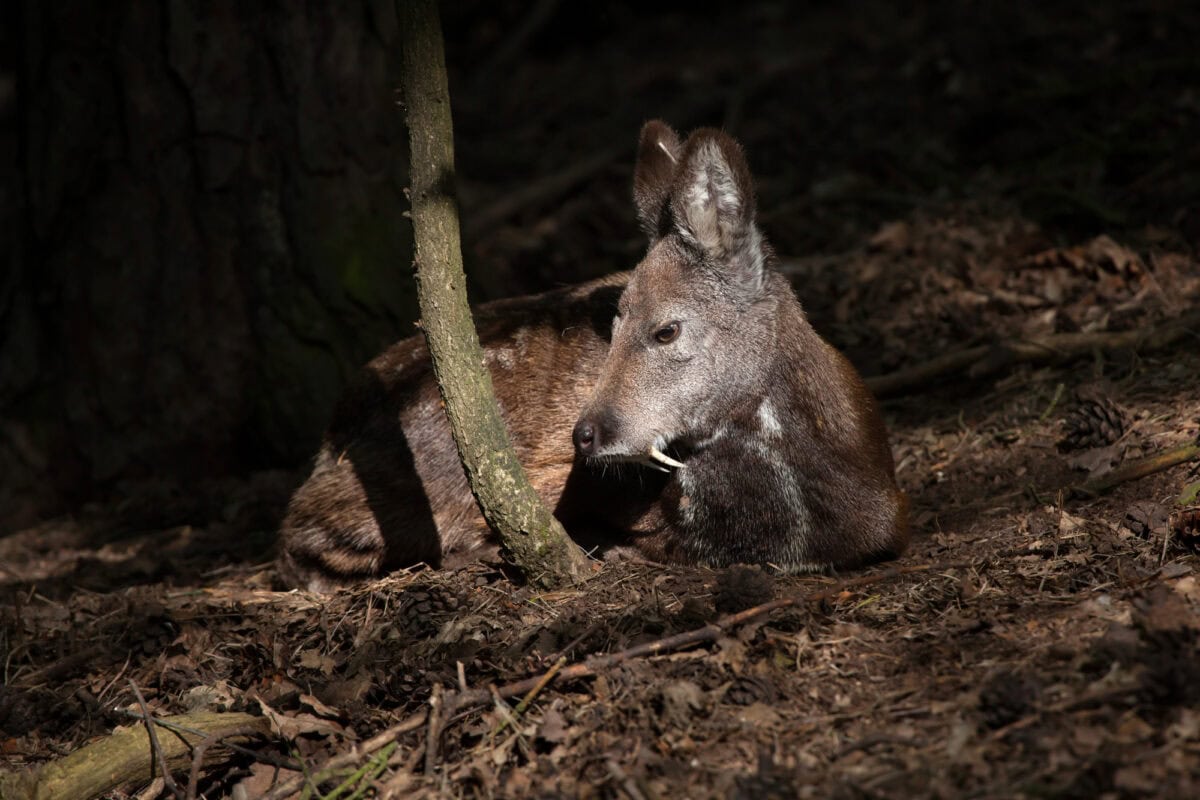
In the wild, the musk scent serves a vital biological purpose. It is a powerful pheromone involved in territorial marking and attracting mates. During the breeding season, a male musk deer will release this scent to signal his presence and readiness to nearby females. This natural cologne plays a critical role in the species’ reproduction and survival.
The Dangerous Demand for Musk
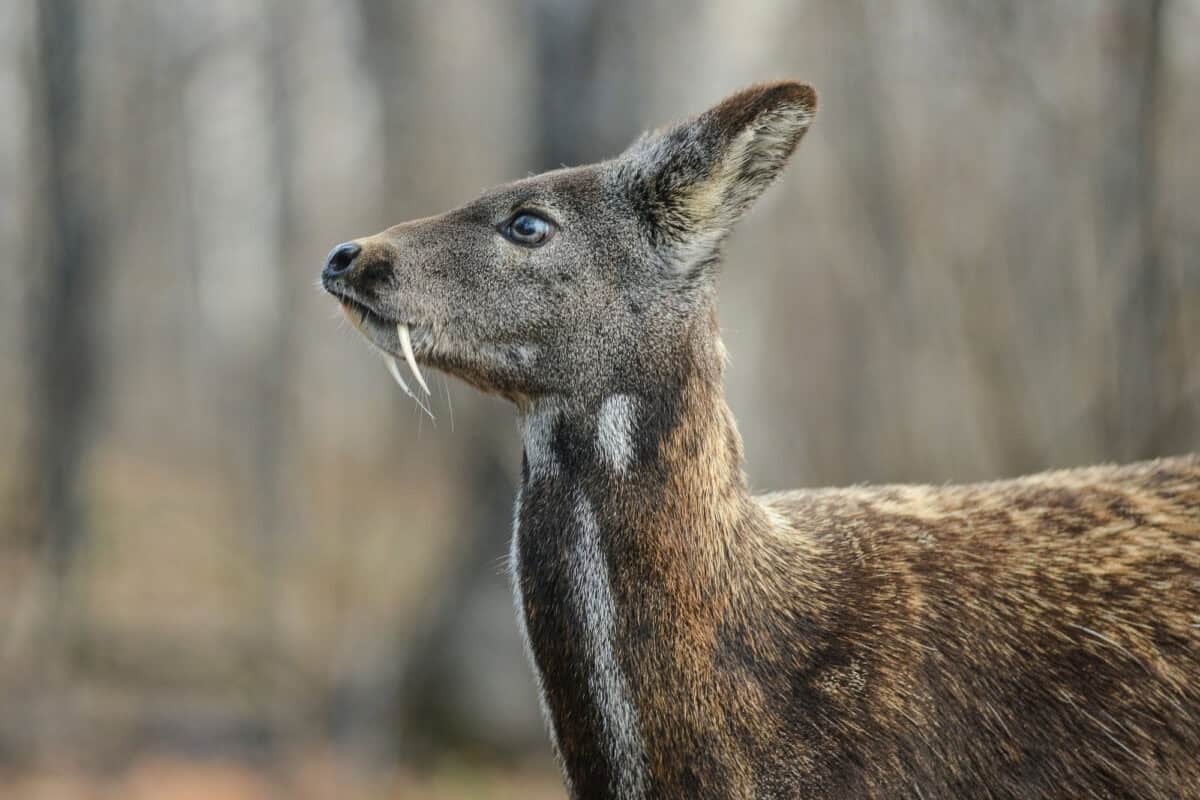
Unfortunately, the musk deer’s natural musk has also been its downfall. The exotic allure of musk has spurred illegal hunting, leading to a significant decline in musk deer populations. These animals are often poached using traps and snares, as their shy nature and mountainous habitats present a challenge for hunters. Despite international agreements and conservation efforts, illegal hunting continues to threaten their survival.
The Impact on Musk Deer Populations
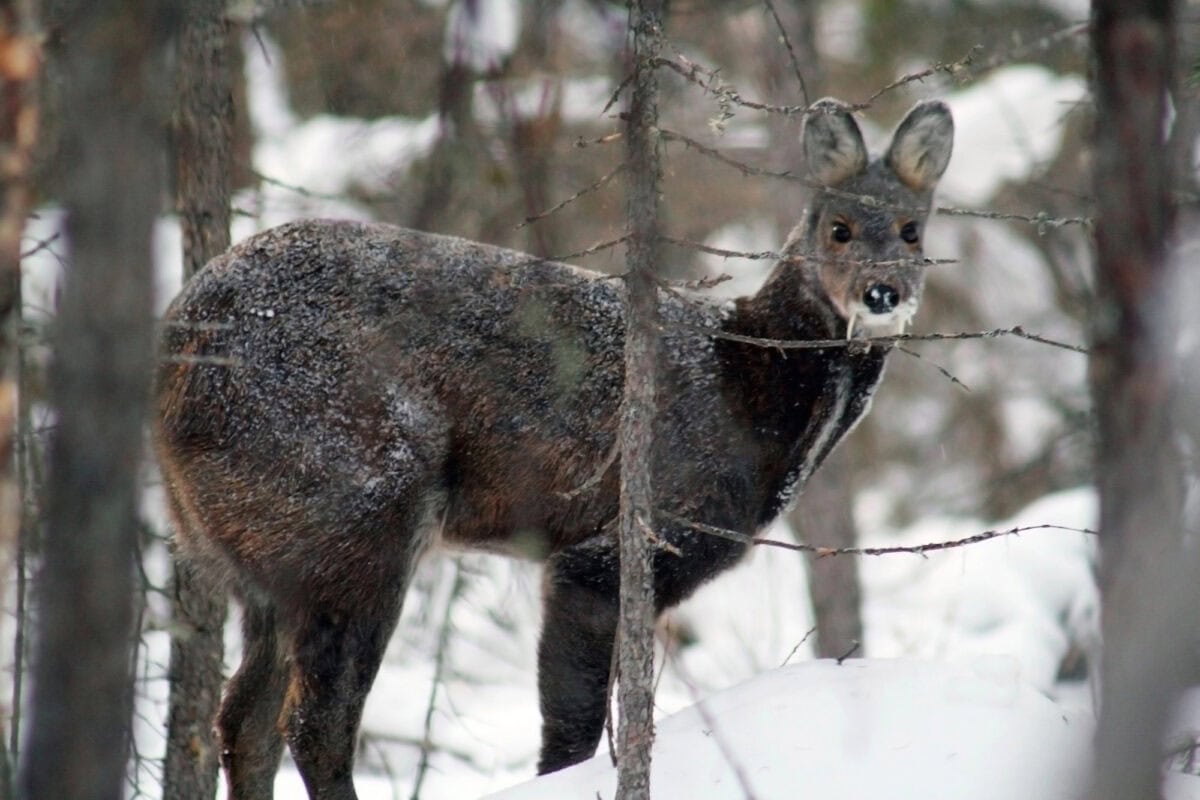
The insatiable demand for natural musk has led to drastic reductions in musk deer numbers. Certain species have been pushed to the brink of extinction, with habitat loss and hunting pressure exacerbating these threats. Conservationists warn that without urgent intervention, we risk losing these unique animals forever, along with the ecological roles they play in their native forests.
Conservation Efforts and Alternatives
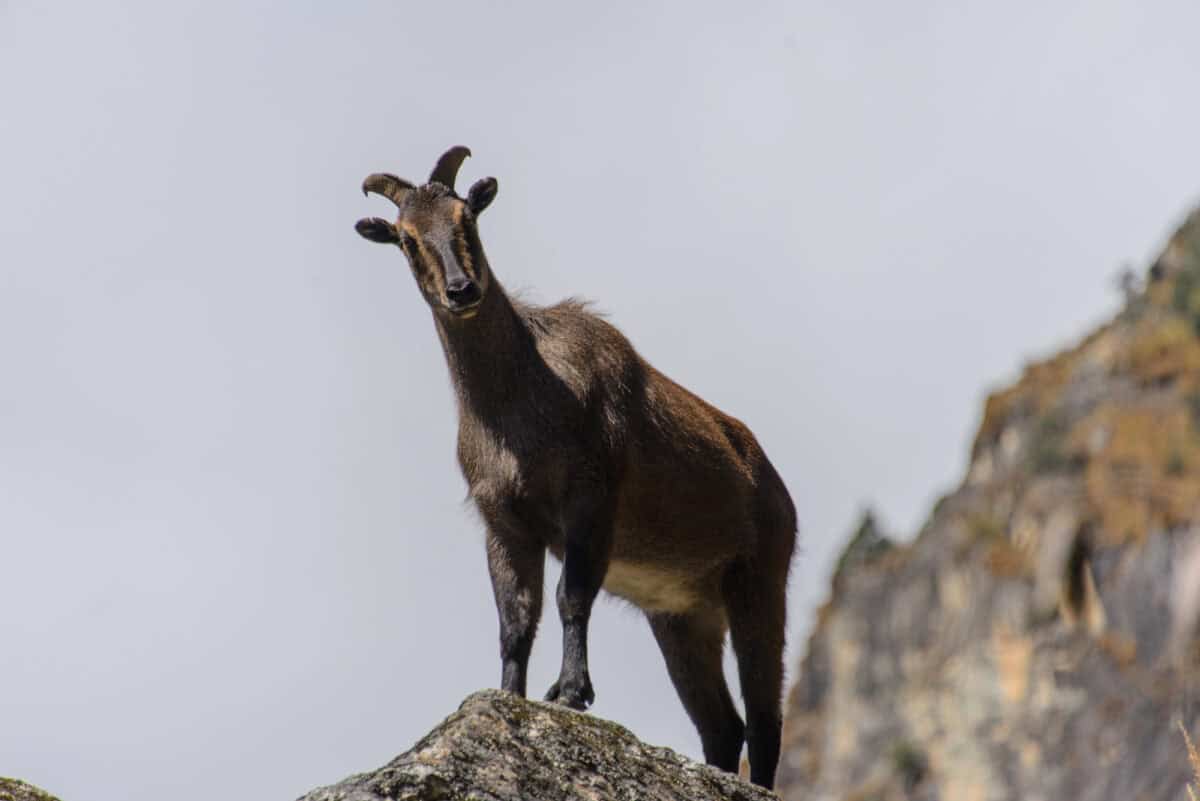
Recognizing the grave threat facing musk deer, various conservation initiatives have emerged. International laws, such as the Convention on International Trade in Endangered Species (CITES), aim to curb trade in wild musk and promote sustainable practices. In addition, researchers have developed synthetic musk compounds, offering an ethical and sustainable alternative for the perfume industry.
Further efforts to protect musk deer focus on habitat preservation and community engagement. By involving local populations in conservation efforts and offering alternative livelihoods, these initiatives hope to reduce the incentives for illegal hunting and promote coexistence.
The Future of Musk Deer
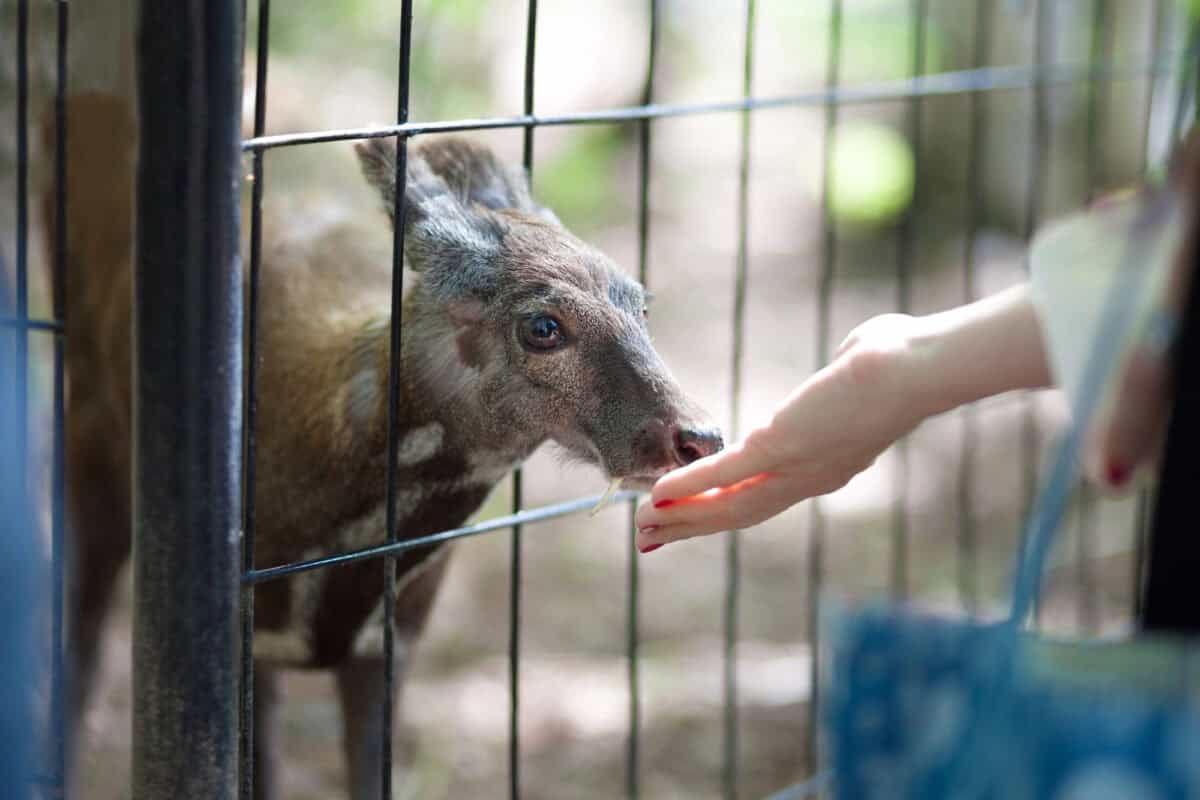
The survival of the musk deer hinges on multifaceted approaches combining legal enforcement, conservation science, and public awareness. Raising awareness about the plight of the musk deer and promoting the use of synthetic alternatives can alleviate hunting pressures. As stewards of biodiversity, it is our responsibility to protect these enigmatic creatures and ensure their place in the world for generations to come.
Conclusion
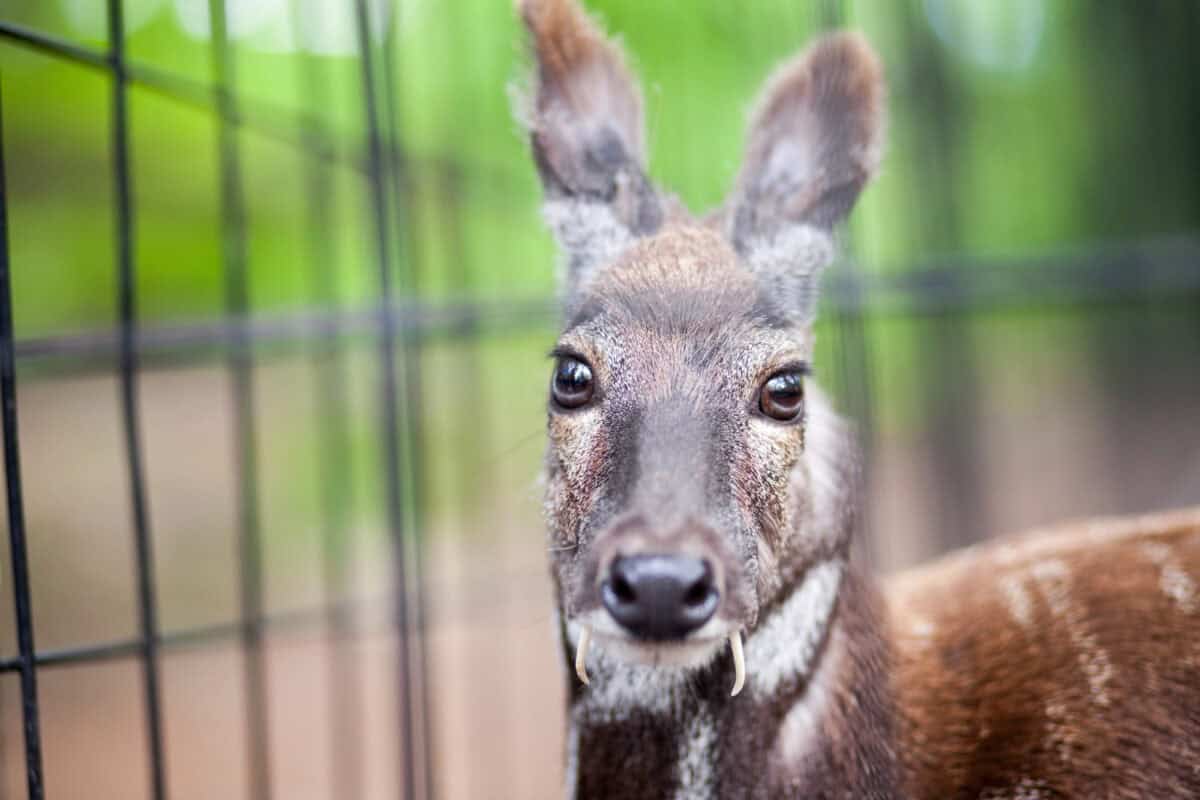
The male musk deer’s story is a poignant example of how human fascination with nature’s creations can sometimes lead to devastating consequences. The deadly allure of its scent poses a significant threat to its existence, highlighting an urgent need for concerted conservation efforts. As we strive to balance human desires with ecological preservation, the tale of the musk deer reminds us of the intricate and delicate links between human and wildlife survival.
- 14 Dog Breeds That Love to Cuddle - August 9, 2025
- 11 Signs Your Horse Might Be Bored - August 9, 2025
- Jurassic World Dominion Dinosaurs - August 9, 2025

